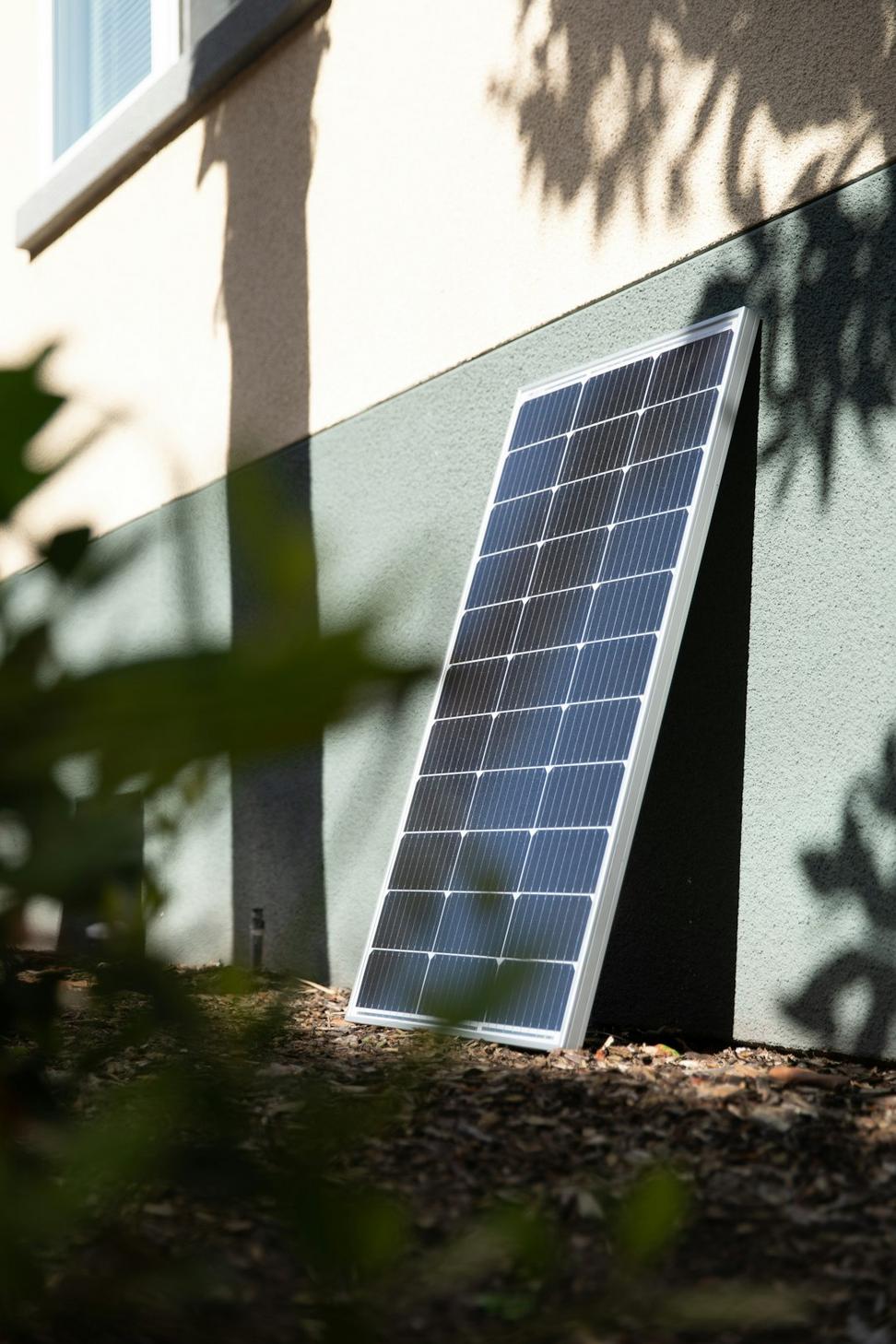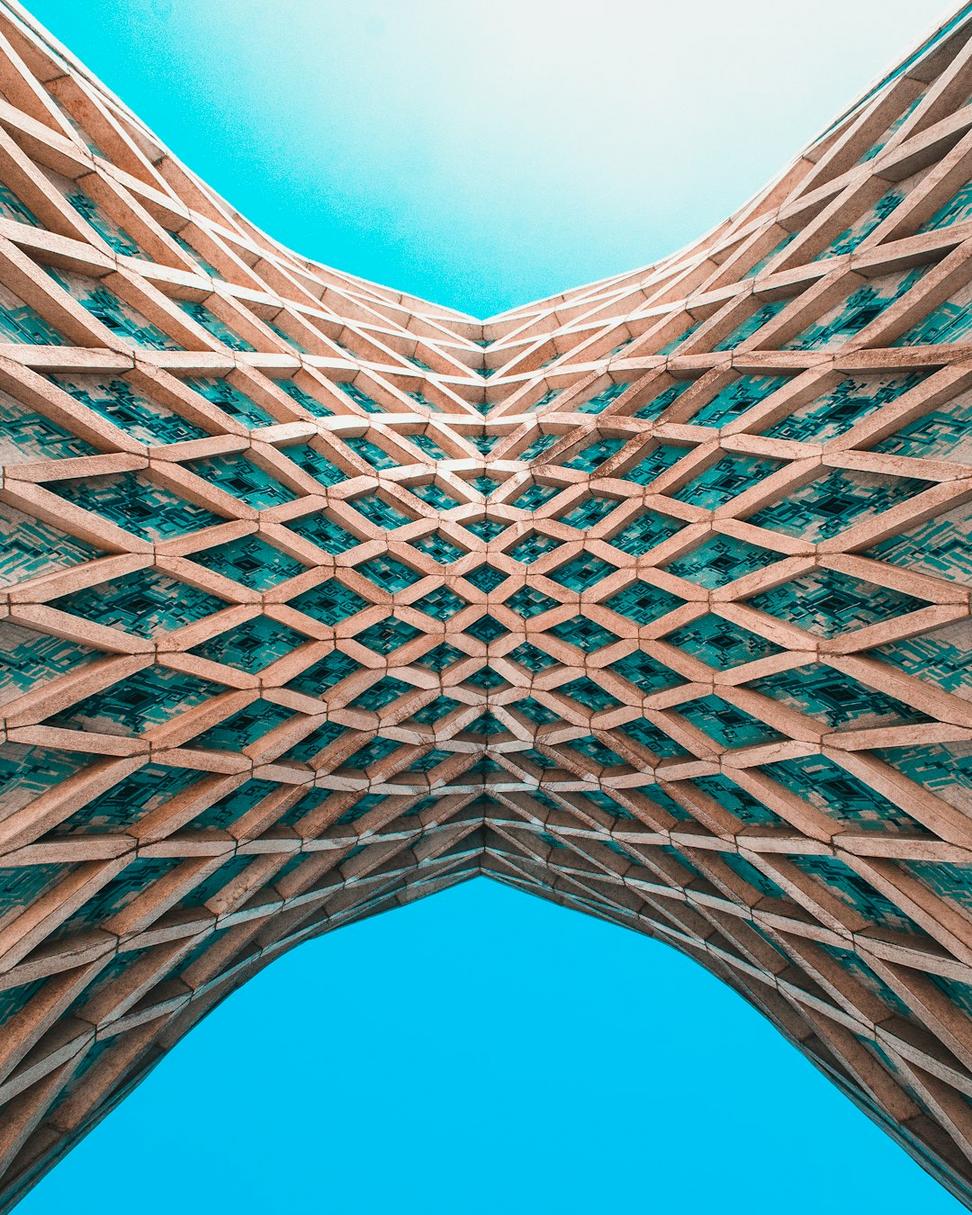
Building for Tomorrow
Honestly? We've been doing this sustainability thing long before it was trendy. It's just how we think buildings should be made.

Honestly? We've been doing this sustainability thing long before it was trendy. It's just how we think buildings should be made.

Look, I'll be straight with you - when we started out in Vancouver 15 years ago, sustainable design wasn't exactly the norm. People thought we were a bit... let's say 'overly enthusiastic' about passive solar orientation and reclaimed timber.
But here's the thing: every building we design is gonna be standing for decades, maybe a century or more. That's a long time to be wasting energy or using materials that don't make sense. We've always figured if you're gonna do something, might as well do it right.
And honestly, sustainable design just leads to better buildings. Better light, better air, lower costs down the line. It's not rocket science, it's just... thoughtful.
We've got the paper to back up what we do. Not that certifications are everything, but they do keep us accountable.
Multiple LEED AP professionals on our team with Gold & Platinum project experience
Certified Passive House Designer with 8 completed projects across BC
Built Green Canada certified builder partners for residential projects
WELL AP accreditation focusing on human health & wellness in buildings
No greenwashing here. These are the real materials we spec on our projects, with all their pros and cons.
We've got connections with a few demolition yards around Vancouver who save the good stuff for us. Old-growth Douglas Fir beams from 1920s warehouses? Yeah, that's way better than new lumber. Plus the character is unbeatable.
This stuff is changing the game for mid-rise buildings. It's engineered, it's strong as hell, and it sequesters carbon instead of producing it. We've used BC-sourced CLT on four commercial projects so far.
Okay, hear me out - hempcrete isn't perfect for everything, but for certain wall assemblies it's brilliant. Breathable, carbon-negative, and great thermal mass. We mix it with more conventional methods depending on the project.
Let's be real - sometimes you need concrete. When we do, we spec mixes with fly ash or slag replacement. It's not sexy, but reducing cement content by 30-40% makes a real difference on big projects.
Mycelium Panels
For non-structural interior applications. Still experimental but promising.Recycled Steel
Standard practice now. 90%+ recycled content on all our steel specs.Cork & Bamboo Flooring
Rapidly renewable, durable, and clients actually like how they look.We track everything. Sometimes it feels a bit obsessive, but it's the only way to know if what we're doing actually works.
Here's our aggregate data from projects completed in the last 3 years. It's not perfect - we've had some misses along with the wins - but overall we're pretty proud of where we're headed.
See Project Case StudiesAverage energy use reduction vs. code baseline
Materials sourced within 800km of site
Construction waste diverted from landfill
Liters of water saved annually across portfolio
Forget the fancy jargon. These are the things we do on basically every project because they just make sense.
This is like... day one stuff. Put the windows where the sun is. Sounds obvious but you'd be surprised how many buildings get this wrong. In Vancouver we're dealing with lots of overcast days, so when the sun's out, we wanna capture it.
The best energy is the energy you don't need. We're talking continuous insulation, triple-pane windows, serious air sealing. Makes a huge difference in our climate - both for heating in winter and staying cool those few hot weeks in summer.
Vancouver gets plenty of rain - might as well use it. We integrate collection systems for irrigation and toilet flushing. On commercial projects, the payback period is usually under 5 years. Plus it reduces stormwater runoff.
Not just for looks (though they do look great). These provide insulation, manage stormwater, reduce heat island effect, and create habitat. We've installed 14 green roofs so far, ranging from simple sedum to full rooftop gardens.
Why run HVAC when you can open a window? Obviously not always possible, but we design for cross-ventilation and stack effect whenever we can. People like fresh air - shocking, I know.
Less about energy (though that helps) and more about people feeling good in the space. Light shelves, clerestories, skylights, proper window placement. Natural light just hits different than artificial, y'know?
We started doing full LCA (Life Cycle Assessment) on our projects about 3 years ago. It's a bit of work upfront, but it completely changes how you think about material choices.
Turns out some "green" materials aren't so green when you factor in manufacturing and transport. And some conventional materials perform better than you'd think over the building's lifetime.
We use both Athena Impact Estimator and Tally for our assessments, depending on project complexity. Happy to walk clients through the results - it's actually pretty fascinating once you get into it.